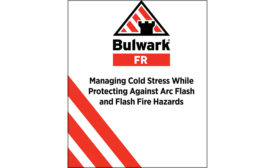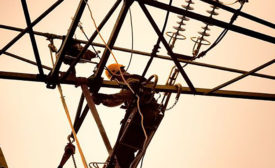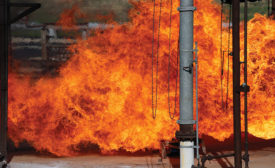Home » Keywords: » FR protection
Items Tagged with 'FR protection'
ARTICLES
FR
Mining electrocutions trigger MSHA alert
The Mine Safety and Health Administration issues electrical safety best practices
December 3, 2019
OSHA spells out FR protection specifics
Do your workers understand the hazards?
September 12, 2019
Assess high heat & burn threats
It’s easy to over-protect – or under-protect – your workers from thermal exposures.
May 8, 2019
FR protection is effective, comfortable & stylish
No sacrifices necessary
September 24, 2018
Designing a multi-hazard FR PPE program for petroleum refineries
Expect the Unexpected
September 18, 2018
Become a Leader in Safety Culture
Build your knowledge with ISHN, covering key safety, health and industrial hygiene news, products, and trends.
JOIN TODAYCopyright ©2025. All Rights Reserved BNP Media.
Design, CMS, Hosting & Web Development :: ePublishing
![339487_Magid_Cool_FR[1].jpg 339487_Magid_Cool_FR[1].jpg](https://www.ishn.com/ext/resources/2023/06/01/339487_Magid_Cool_FR%5b1%5d.jpg?height=168&t=1685627908&width=275)










